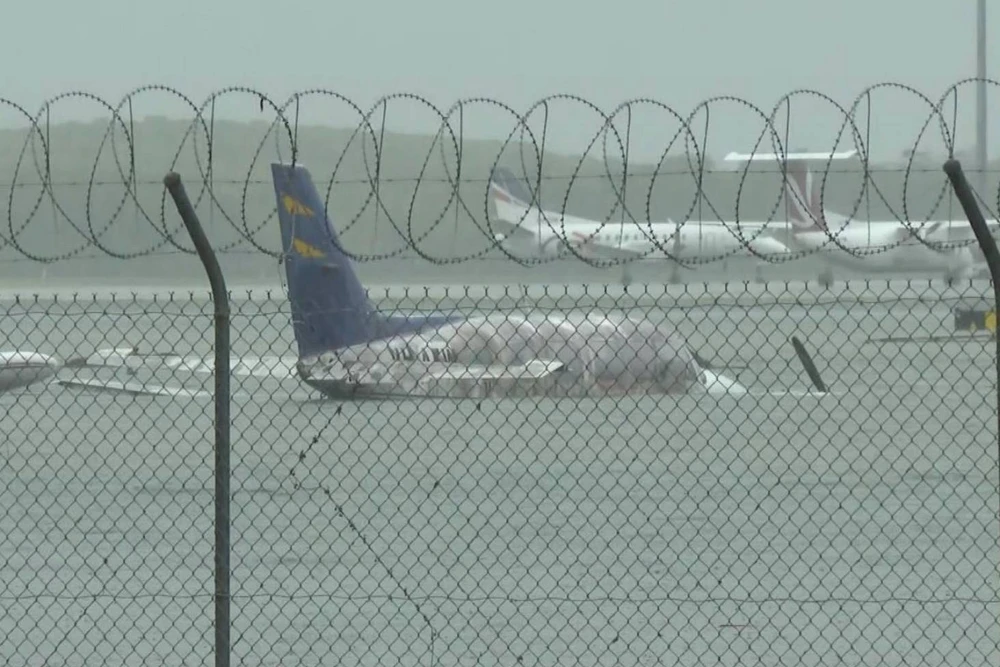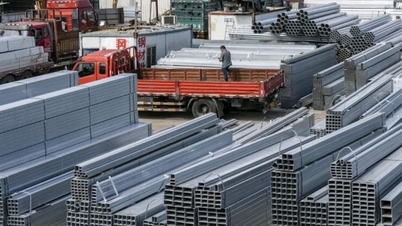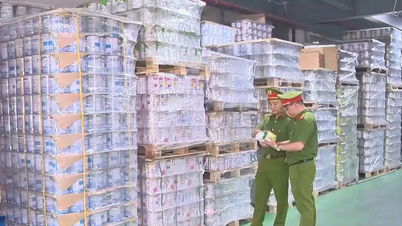Queensland Premier Steven Miles said there had been many natural disasters but this was the worst, with the rain not stopping until the storm cleared, hampering airlifts to remote areas. Continued heavy rain could lead to a disaster with damage estimated at billions of dollars.

Due to the impact of Cyclone Jasper sweeping through northern regions in Queensland state, many tourist towns along the Great Barrier Reef in northeastern Australia were isolated, many residents had to climb onto their roofs because the river water rose too quickly.
Cairns, a gateway town to the Great Barrier Reef with a population of more than 150,000, recorded about 600mm of rain in 40 hours up to the morning of December 18. This is more than three times the average rainfall of 182mm in the area this December.
Flights from Cairns Airport were delayed or cancelled on the morning of December 18. Many images on social media also showed many planes submerged in water. Cairns Airport CEO Richard Barker said that pumps were being used to continuously drain the water but could not keep up with the rising water. Authorities warned people not to swim in floodwaters after crocodiles were spotted in the town of Ingham, 250km south of Cairns.
Cyclone Jasper swept through northern Queensland last week, wreaking havoc across large swathes of the state before being downgraded to a tropical storm. It dropped as much rain in a few hours over the weekend as it had in months. Rescue teams evacuated 200 people overnight and military helicopters were called in to help isolated areas.
Queensland Premier Steven Miles said there had been many natural disasters but this was the worst, with the rain not stopping until the storm cleared, hampering airlifts to remote areas. Queensland's treasurer feared continued heavy rain could lead to a disaster that could cost billions of dollars.
KHANH HUNG
Source


![[Photo] Prime Minister Pham Minh Chinh chairs conference on anti-smuggling, trade fraud, and counterfeit goods](https://vphoto.vietnam.vn/thumb/1200x675/vietnam/resource/IMAGE/2025/5/14/6cd67667e99e4248b7d4f587fd21e37c)


































































































Comment (0)